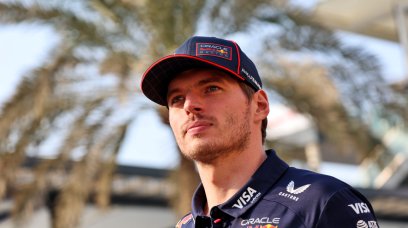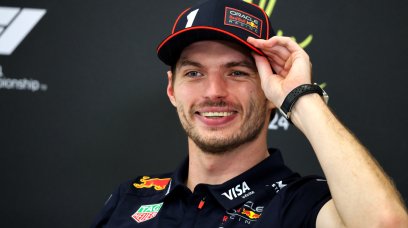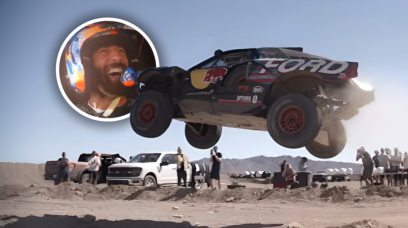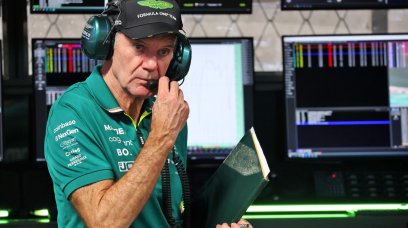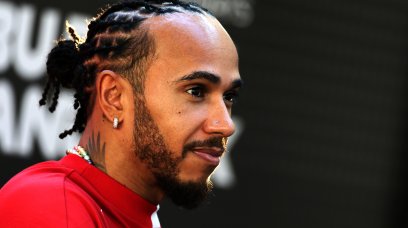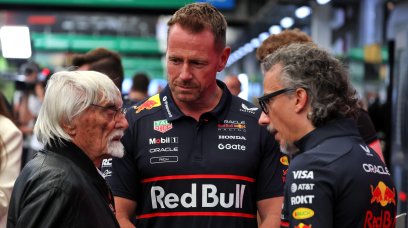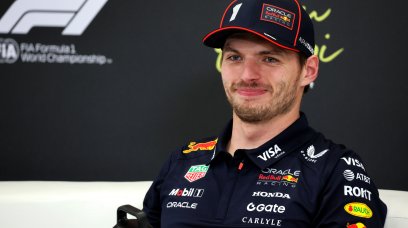It is unconventional for teams to bring major car updates to tracks such as Monaco, but that is exactly what Mercedes have done with the B-spec W14. The logic is simple. Even though they will get little information from such a unique and low-speed track, why keep updates sat in the garage ready to go? Mercedes have abandoned their radical 'zero sidepod' concept and instead opted for a more conventional arrangement. Although the zero sidepod was the most aggressive take on the 2022 regulations, it quickly transpired that the concept proved to be problematic for their car balance. The W13 came close to breakthroughs in 2022 and eventually took a win at the Brazilian Grand Prix, giving Mercedes a much-needed vote of confidence that it was on the right track. This is why they continued the concept for the W14, believing that something could be salvaged from their initially troublesome design direction. But since its track debut at Bahrain during pre-season testing, it was clear there was still a lot of unsolved problems that carried over to the W14. This ultimately led to the painful decision to completely change the aerodynamic concept, largely embracing the sloping sidepods - a characteristic of Red Bull.
Above: Comparing the two drawings, we see the totally different profile of the sidepods with the new version characterised by a sloping towards the rear, which constitutes as a mix between the solution adopted by Red Bull and that of Aston Martin. In front of the sidepods, the anti-intrusion cones on the survival cell have remained (as moving them would have involved a new homologation of the chassis). They are characterised in the lower profile by a vertical flow diverter to channel the flow into the channel between the bottom and the lower edge of the sides.
Mercedes make key front suspension development
But, as ever, the devil is in the detail with F1 car upgrades, and the engineers at Mercedes - now led by James Allison instead of Mike Elliott after a technical team cabinet reshuffle - have integrated an aerodynamic revision of the car’s suspension. Specifically, the modification to the front suspension adopts similar designs to their rivals. It is characterised by the front pick up point of the upper triangle, raised compared to the version at the beginning of the season. This modification has the effect of increasing the 'anti-dive' effect, which is most prominent on the Red Bull. This tweak enables better management of variations in ride heights of the floor of the car. Together with the reshaped sidepods, should determine a positive effect as regards the stability of the aerodynamic centre of pressure. The distribution of the aerodynamic load generated by the floor will undergo less extensive variations compared to the previous version. In terms of performance, this translates into greater predictability of the car's behaviour in fast bends, a reduction in lateral sliding of the rear axle, consequently reducing tyre degradation. The efficiency of the aerodynamic component of the car would also allow for an increase in straight-line performance. Guaranteeing a more stable aerodynamic load means it will be possible to run less wing and in turn reduce the possibility of drag. Despite the fact that the chassis of the car has not been modified (almost a miracle to be able to modify the suspension without causing re-homologation) with the exception of the front upper corner, this development could make the W14B a car from which it will be less complex to extract the performance compared to the previous version.
Above: The pick up point to the chassis of the front arm of the upper wishbone on the suspension has been moved up, so as not to sit on the same plane as the rear arm pick up point. In essence, the anti-dive effect of the front end has been increased, which is useful for being able to adopt particularly low ride heights.
Most read
